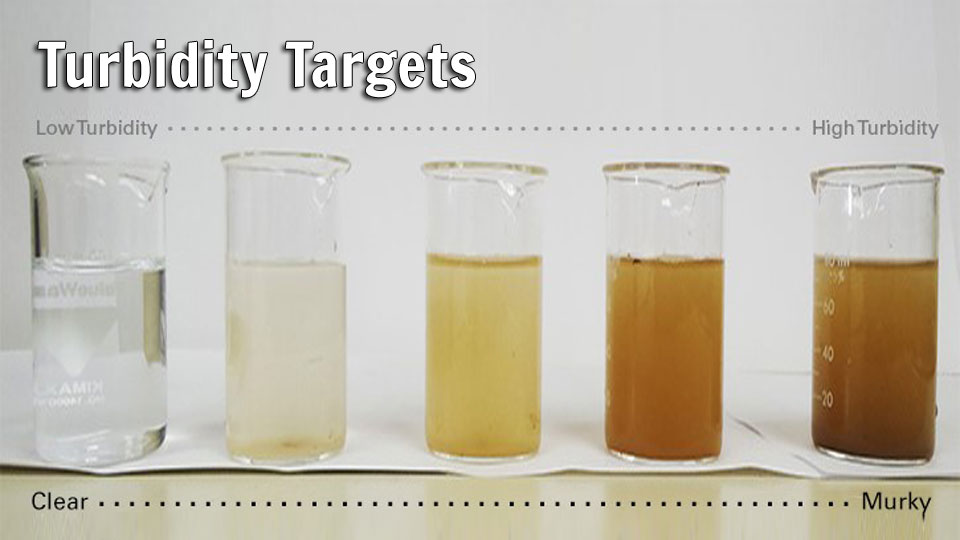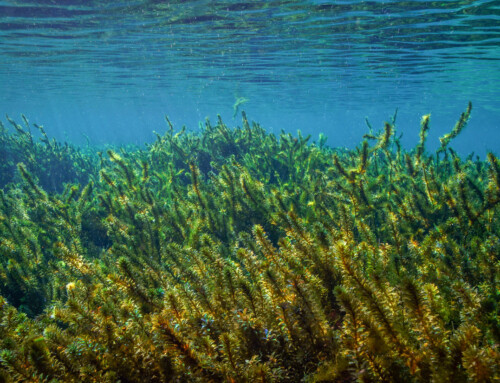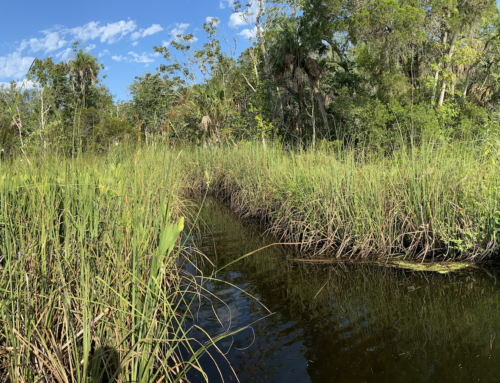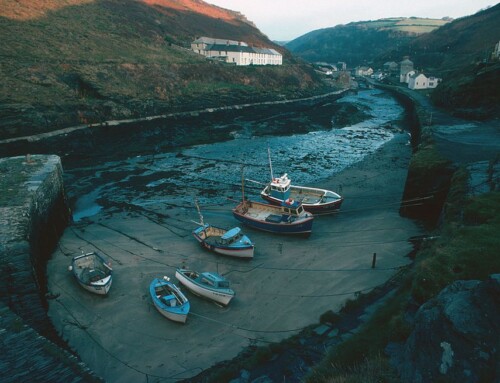Have you ever been on Crystal River and not been able to see the bottom? Well, there are two possible reasons for this: water depth and suspended solids. The Gulf of Mexico can be very clear, but due to its depth, light can’t penetrate to the seafloor and reveal its sandy bottom. At its deepest point, the Gulf is 14,383 feet (more information here), and light can only penetrate 1,000 meters (~3280 feet). Therefore, it is impossible to see the Gulf floor without artificial lights.
Turbidity:
Crystal River is not nearly this deep, but due to high levels of turbidity, or suspended solids, sunlight doesn’t efficiently penetrate through the silt and organic matter suspended in the water. This is why even in the shallow water of Crystal River’s banks, you can only see shapes and outlines of the riverbed.
Every body of water naturally has suspended solids. For example, a flowing river stirs particles up from the river floor and these bits of sediment collect throughout the water column. Have you ever done the stingray shuffle and looked at the plume of sand you made? The water becomes cloudy, and your feet almost disappear. This shuffle momentarily increases the turbidity of the water and provides a perfect example of why disturbed sediment makes the bottom of Crystal River hard to see.
Three Sisters Springs has less turbidity than the water in the main river because the springs actively provide clear, filtered water from the aquifer (this is why the springs are so clear). The only solids suspended in a spring originate from around the vent where the water comes out or when diving tourists disturb the sands.
Suspended solids can quantify the “dirtiness” of the water. An excess of suspended solids indicate an unhealthy amount of dirt and organic matter in water. Turbidity is dangerous in large quantities and changes from erosion along riverbanks or runoff caused by heavy rains. When suspended solids thicken, they block light from penetrating through the water. This prevents aquatic plants from photosynthesizing efficiently and harms every animal up the food chain. (I will write about the food chain in a future post.)
Salinity:
Along with suspended solids, salinity also helps determine water quality. Salinity measurements determine how much salt, in parts per thousand (ppt), is in a given volume of water. Most marine plants and animals either thrive in freshwater (less than 1,000 parts per million) or saltwater (~35 ppt). Some animals like bass, stingrays, and crabs can live in a range of salinities, but most marine animals cannot. If salinity were to increase or decrease drastically in any given body of water, it would alter the composition of the marine ecosystem.
Importantly, higher salinity water cannot hold as much dissolved oxygen as freshwater. Animals or plants that require high concentrations of dissolved oxygen to live will struggle to survive in a lower dissolved oxygen concentration. During the “No Name Storm” of 1993, the Gulf of Mexico flooded into Crystal River. This disturbed the riverbed and inundated the freshwater river with salty, Gulf Water. Almost thirty years later, Crystal River’s ecosystem has been struggling to recover from this salt water intrusion.
While Save Crystal River’s efforts to plant eelgrass does not reduce salinity, the grasses themselves have the capacity to thrive in both saltwater and freshwater. Along with this survival ability, eelgrass helps hold sediment at the bottom of the river floor, which reduces overall turbidity of the water. These traits make eelgrass perfect for restoring Crystal River’s clarity and providing a stable environment for indigenous wildlife.
I’ll see you on the water,
Walker A. Willis
Photo Credit:
Turbidity Chart: The Marine Research Council







